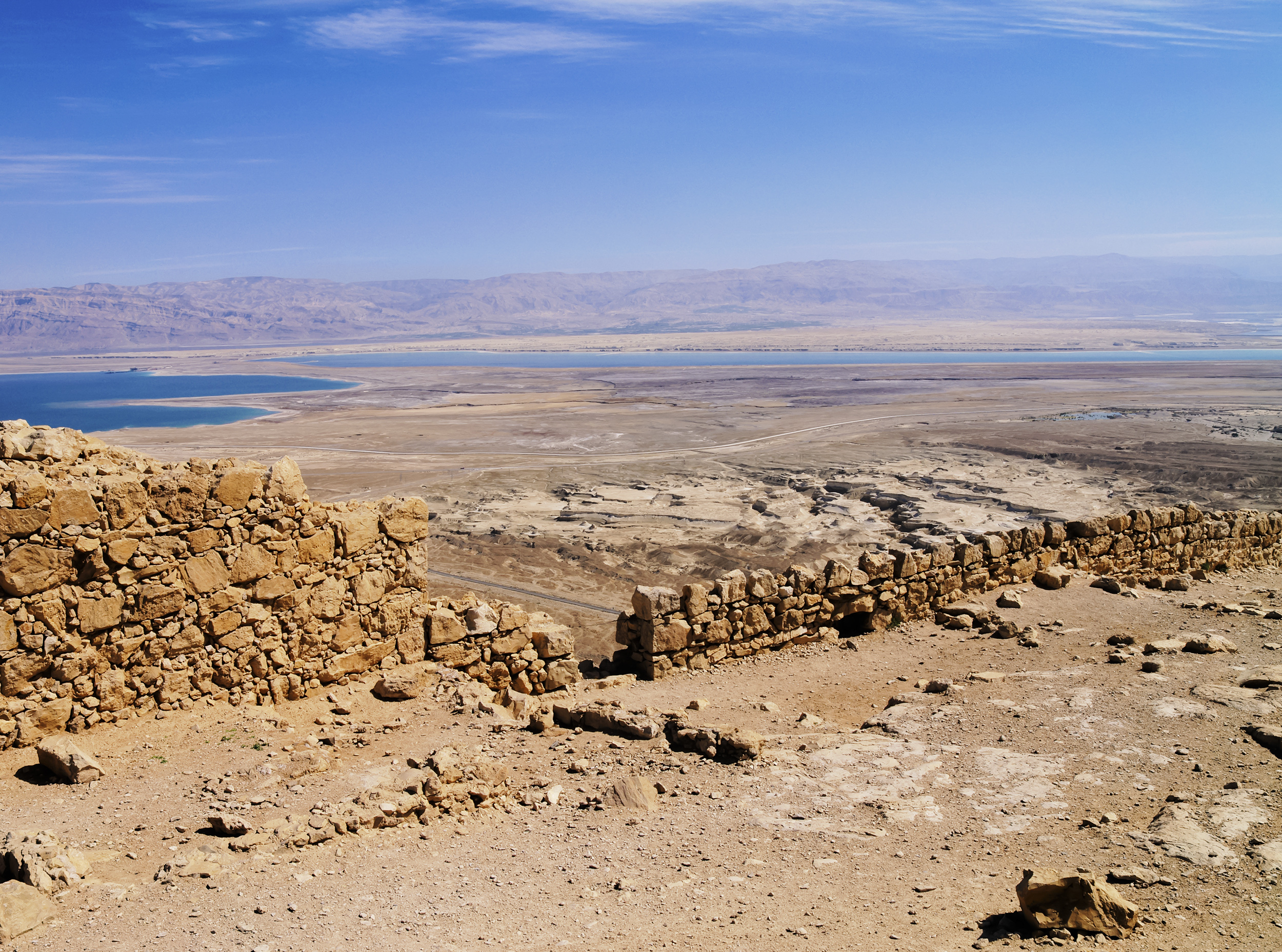Here’s a list of common myths and corresponding facts about the Essenes:
Myth: Essenes were responsible for creating all the Dead Sea Scrolls.
Fact: While some Scrolls might be associated with the Essenes, not all Scrolls can be attributed to them. The Scrolls’ origins are complex and likely involve contributions from various Jewish groups. Essenes value knowledge and became keepers of the books and established libraries.
Myth: Essenes lived in complete isolation from society.
Fact: The Essenes likely engaged with broader Jewish society and interacted with other groups. They practiced communal living because they were a levitical priesthood, but complete isolation is an oversimplification.
Myth: The Essenes were strict vegetarians, but ate from the animal sacrifices.
Fact: All Essenes were vegetarians and were against animal sacrifices. They were great defenders of the animals.
Myth: John the Baptist and Jesus were Essenes.
Fact: While some parallels exist between Essene teachings and those of John the Baptist and Jesus. These figures brought a new level of understanding and an expansion of the Scriptures based on contexts and followings.
Myth: The Essenes were a single, unified group.
Fact: The Essenes likely comprised diverse communities with varying of beliefs and practices. They were not a monolithic entity at first. Eventually, they became a unifying movement.
Myth: The Essenes were exclusively Jewish.
Fact: While predominantly Jewish, the Essenes might have had interactions with other cultures and groups such as the Judeo-Greek communities and other communities in the diaspora.
Myth: The Essenes practiced strict celibacy.
Fact: Not at all, the Essenes did not practice celibacy. According to sources, there is a range of views on marriage within Essene communities.
Myth: The Essenes were solely focused on asceticism.
Fact: The Essene practices were important to some Essenes, they also engaged in religious rituals, communal living, and other activities. The Essene community believes in self-discipline, self-denial, and the renunciation of material comforts and worldly pleasures in pursuit of spiritual growth, enlightenment, or a higher purpose.
Myth: The Essenes had no connections to Christianity.
Fact: There might have been some cross-influences between Essene teachings and Catholicism. The Essene’s descendants were persecuted by the new religion known as the Roman Catholic Apostolic Church. The Essenes do not have any association or influence with Christianity, Protestantism, or Catholicism.
Myth: The Essenes were primarily healers or practitioners of natural medicine.
Fact: While they might have had some focus on health, it’s an oversimplification to portray them primarily as healers. The Essenes were also involved in construction, carpentry, and agriculture, and more.
Myth: All descriptions of the Essenes apply universally to all Essene communities.
Fact: Different Essene communities might have had variations in customs, beliefs, and practices depending on where they were living in the diaspora, leading to a diversity of perspectives.
Myth: The Essenes were solely apocalyptic in their beliefs.
Fact: While apocalyptic elements existed in some Essene teachings, they also had broader religious and philosophical perspectives.
Myth: The Essenes were an elite group with exclusive membership.
Fact: Essene membership might have been open to various individuals, not solely an elite few.
Myth: The Essenes were solely responsible for preserving Jewish texts.
Fact: While some Scrolls are associated with Essenes, other Jewish groups likely contributed to the preservation of texts.
Myth: The Essenes were immune to internal disagreements.
Fact: Like any community, the Essenes might have had internal debates and differences of opinion.
Myth: All information about the Essenes is definitive and uncontested.
Fact: The study of the Essenes involves ongoing research and evolving interpretations based on available evidence.
Understanding the Essenes requires a nuanced approach that considers historical context, multiple sources, and the complexities of ancient Jewish society.

